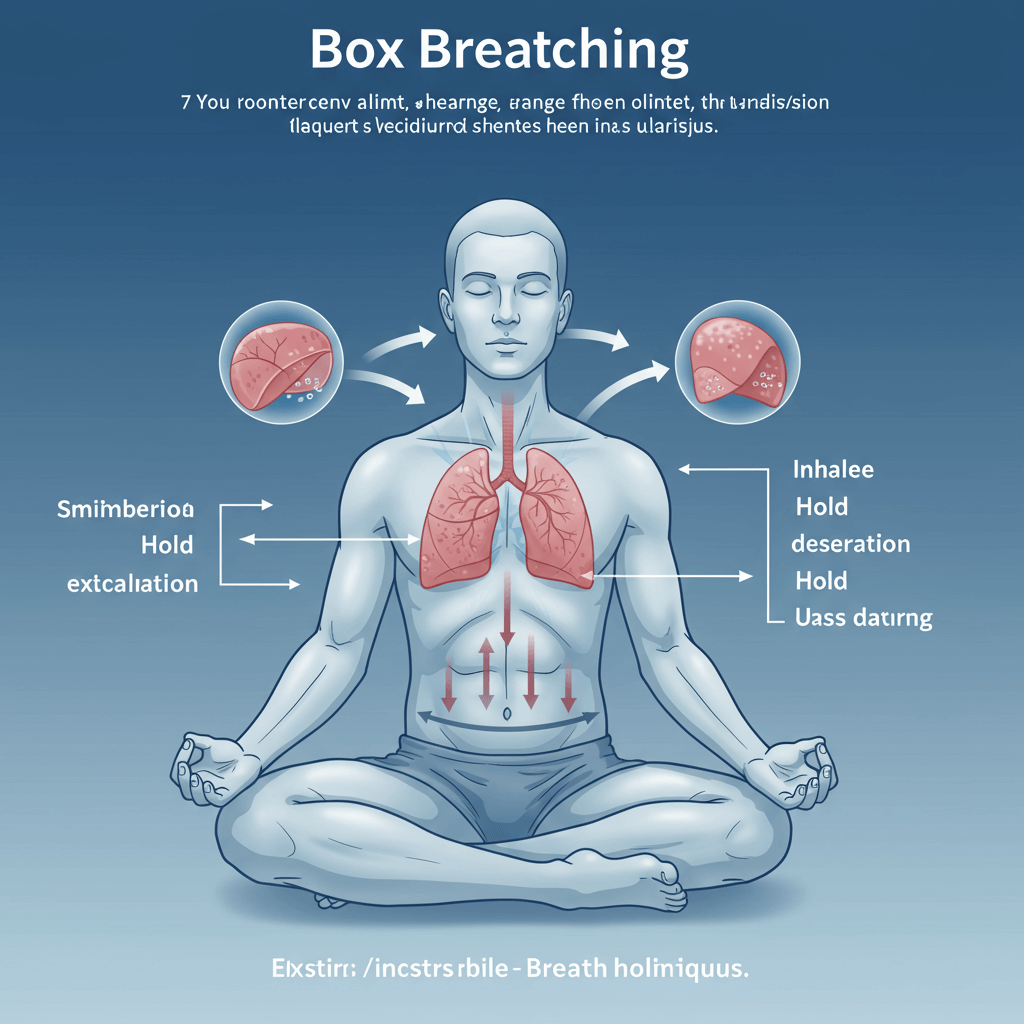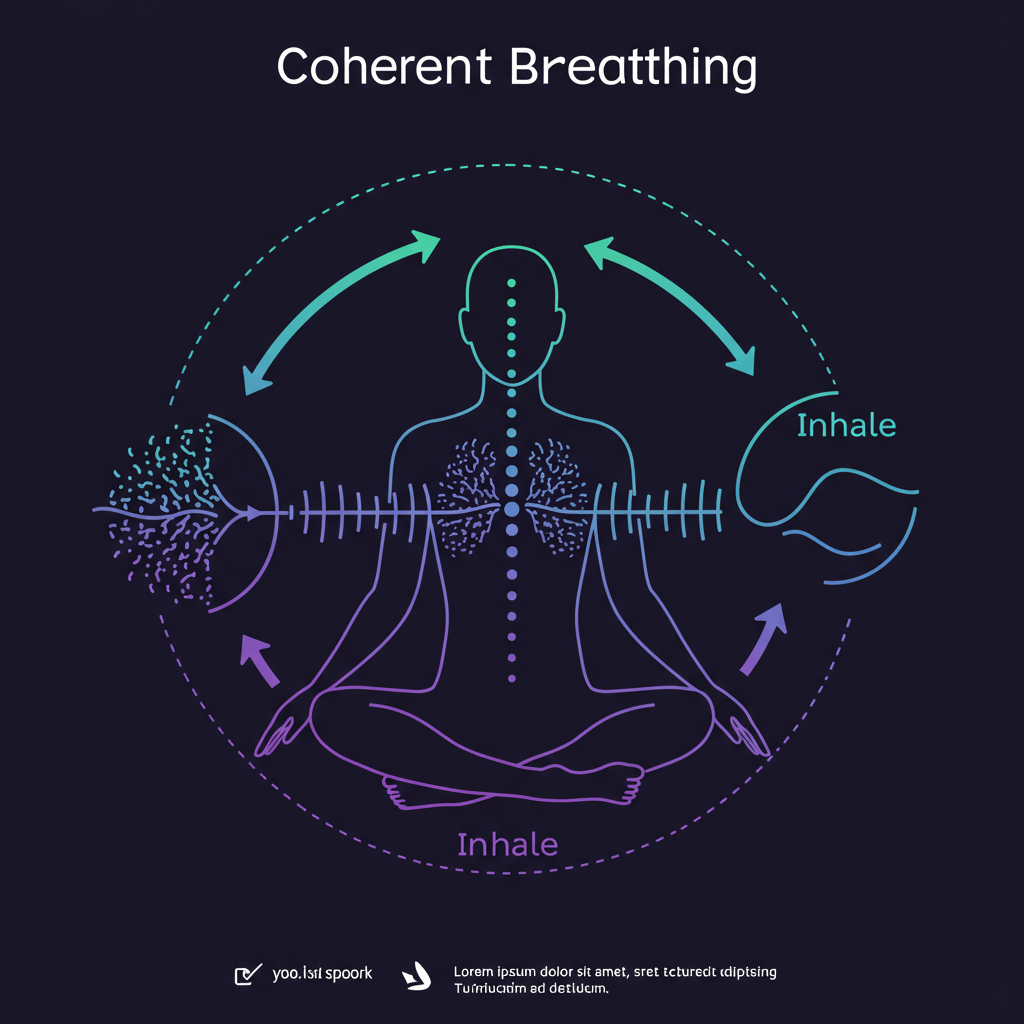Breathing is more than an automatic function—it’s the bridge between the mind, body, and spirit. In this comprehensive guide, we’ll explore seven powerful breathwork practices backed by science and tradition. Whether you’re seeking stress relief, enhanced focus, or a deep sense of inner calm, these techniques offer a pathway to holistic wellness and growth.
1. Box Breathing

Also known as square breathing, box breathing is a simple yet profoundly calming practice. It involves inhaling, holding, exhaling, and holding your breath for equal counts. Here’s how to do it:
- Inhale for 4 counts
- Hold for 4 counts
- Exhale for 4 counts
- Hold for 4 counts
This rhythmic pattern helps reset your nervous system, reduces cortisol levels, and improves mental clarity. Practice it for 2–5 minutes each morning or during breaks to regain composure.
2. 4-7-8 Breathing
Popularized by Dr. Andrew Weil, the 4-7-8 breathing technique promotes relaxation and sleep readiness. The sequence is:
- Inhale quietly through the nose for 4 seconds
- Hold your breath for 7 seconds
- Exhale audibly through the mouth for 8 seconds
By elongating the exhale, you activate your parasympathetic nervous system, easing anxiety and enhancing overall calm. Use this method before bed or during moments of acute stress.
3. Alternate Nostril Breathing
Also called Nadi Shodhana, alternate nostril breathing balances the left and right hemispheres of the brain:
- Close your right nostril with your thumb and inhale through the left for 4 counts
- Close both nostrils for 2 counts
- Open your right nostril and exhale for 4 counts
- Inhale through the right for 4 counts
- Close both nostrils for 2 counts
- Open your left nostril and exhale for 4 counts
This practice purifies energy channels, enhances concentration, and supports emotional equilibrium. Aim for 5–10 cycles daily to feel balanced and centered.
4. The Wim Hof Method
Devised by Wim Hof, this practice combines rapid breathing cycles with cold exposure and meditation. The breathing portion involves:
- 30–40 deep inhalations and exhalations
- A final exhale held for as long as comfortable
- A deep inhalation held for 10–15 seconds
The system boosts adrenaline, improves immune response, and heightens mental resilience. Always practice in a safe environment, and consider ending with a cold shower for maximum benefits.
5. Coherent Breathing

Coherent breathing optimizes heart rate variability by synchronizing breath with your heart rhythm. The standard pattern is 5 breaths per minute:
- Inhale for 6 seconds
- Exhale for 6 seconds
This steady cadence encourages relaxation, supports cardiovascular health, and fosters a deep sense of inner peace. Integrate coherent breathing into meditation sessions or work breaks.
6. Kapalabhati Pranayama (Skull-Shining Breath)
Hailing from the yogic tradition, Kapalabhati is an energizing breathwork technique. It consists of:
- Short, forceful exhalations powered by the diaphragm
- Passive inhalations
Perform rapid cycles of 1–2 seconds for up to one minute, gradually increasing duration. This practice cleanses the respiratory system, boosts metabolism, and elevates mental clarity.
7. Transformational Breathwork
Transformational Breath is a holistic approach combining connected breathing, sound, and movement. Sessions often include:
- Full diaphragmatic breathing without pauses
- Vocal tones and affirmations
- Gentle tapping or bodywork
This integrative method releases emotional blockages, supports spiritual expansion, and promotes deep healing. Work with a certified practitioner to explore advanced sessions safely.
Integrating Breathwork into Your Daily Routine
To harness the full power of breath, consider these tips:
- Start small: Dedicate 3–5 minutes per practice and build up gradually.
- Pair with movement: Combine breathwork with yoga, walking, or gentle stretching.
- Track your progress: Note changes in stress levels, mood, and energy to stay motivated.
- Create a dedicated space: Find a quiet, comfortable spot free from distractions.
- Be consistent: Aim for daily sessions to embed breathwork into your lifestyle.
Conclusion
Breath is a powerful tool that connects us to our inner sanctuary. By exploring these seven transformative breathwork practices, you can unlock new levels of wellness and growth. Begin your journey today—inhale possibility, exhale limitation, and let the Breath Revolution reshape your life.
Before you get started, check out our Biohacking Your Way to Holistic Health to understand the basics.









